West Coast IPA is a bold, hop-forward beer style that epitomizes the American craft beer revolution. Born on the West Coast of the United States, this style pushes the boundaries of hop utilization, delivering an intense, aromatic experience. Known for its pronounced bitterness, crystal-clear appearance, and dry finish, West Coast IPA showcases a symphony of citrus, pine, and floral hop notes. What makes this style unique is its unapologetic embrace of hop character, balanced by a lean malt profile that allows the hops to shine in all their bitter, aromatic glory.
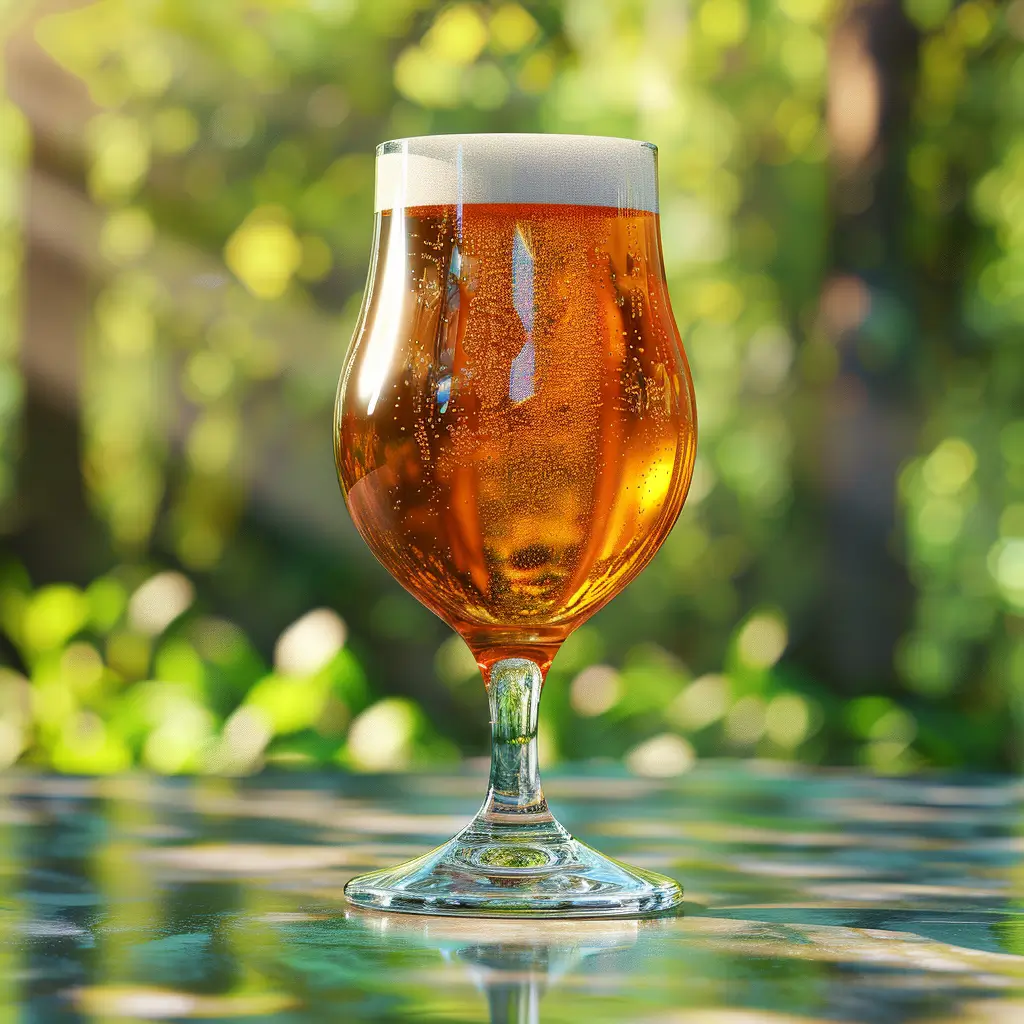
West Coast IPA is most celebrated for its audacious hop profile, which takes center stage in this iconic American beer style. The appearance is typically crystal clear, ranging from golden to deep amber, crowned with a sturdy, off-white head that clings to the glass, leaving intricate lacing patterns.
The aroma and flavor of a West Coast IPA are a hop lover's paradise. Intense citrus, pine, and resinous notes dominate, often accompanied by tropical fruit, floral, or herbal undertones depending on the hop varieties used. The malt character is intentionally subdued, providing just enough backbone to support the hops without interfering. Bitterness is pronounced and lingering, a defining characteristic that sets this style apart from its more balanced counterparts. The fermentation profile is clean, allowing the complex hop bouquet to shine without interference from yeast-derived esters.
In terms of mouthfeel, West Coast IPAs typically present a medium-bodied experience with moderate to high carbonation, contributing to a crisp, refreshing texture. The finish is decidedly dry, which enhances the perception of bitterness and encourages another sip. With an ABV range of 6.3-7.5%, these beers pack a punch that complements their bold flavor profile, making them a sipper's delight rather than a session beer.
On the Standard Reference Method (SRM) scale, West Coast IPAs usually fall between 6 and 14, reflecting their golden to amber hues. When poured, a well-crafted West Coast IPA is a sight to behold: a glowing, translucent amber liquid topped with a creamy head, promising an intense sensory experience that has captivated hop enthusiasts for decades.
West Coast IPA represents the pioneering spirit of American craft brewing. Its development marked a significant departure from traditional beer styles, challenging palates and redefining what beer could be.



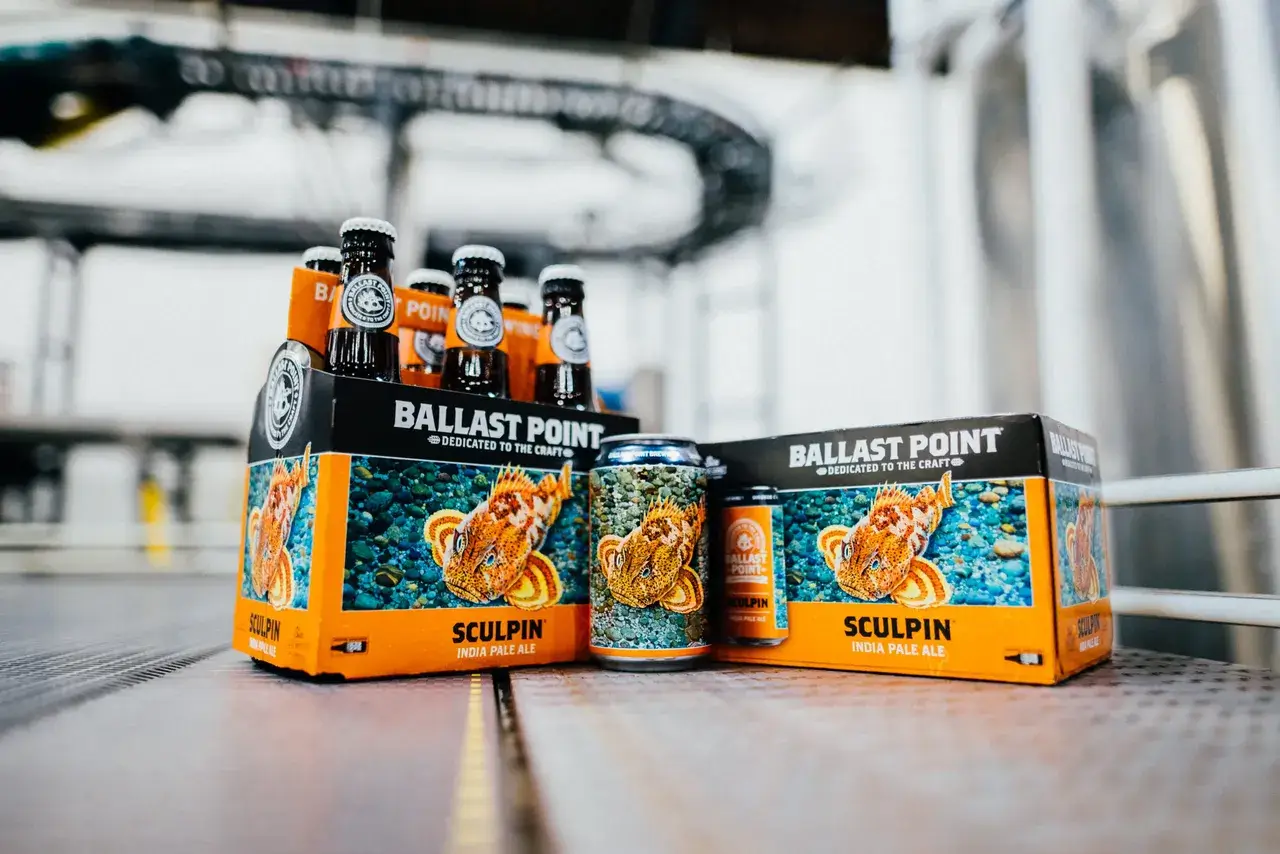
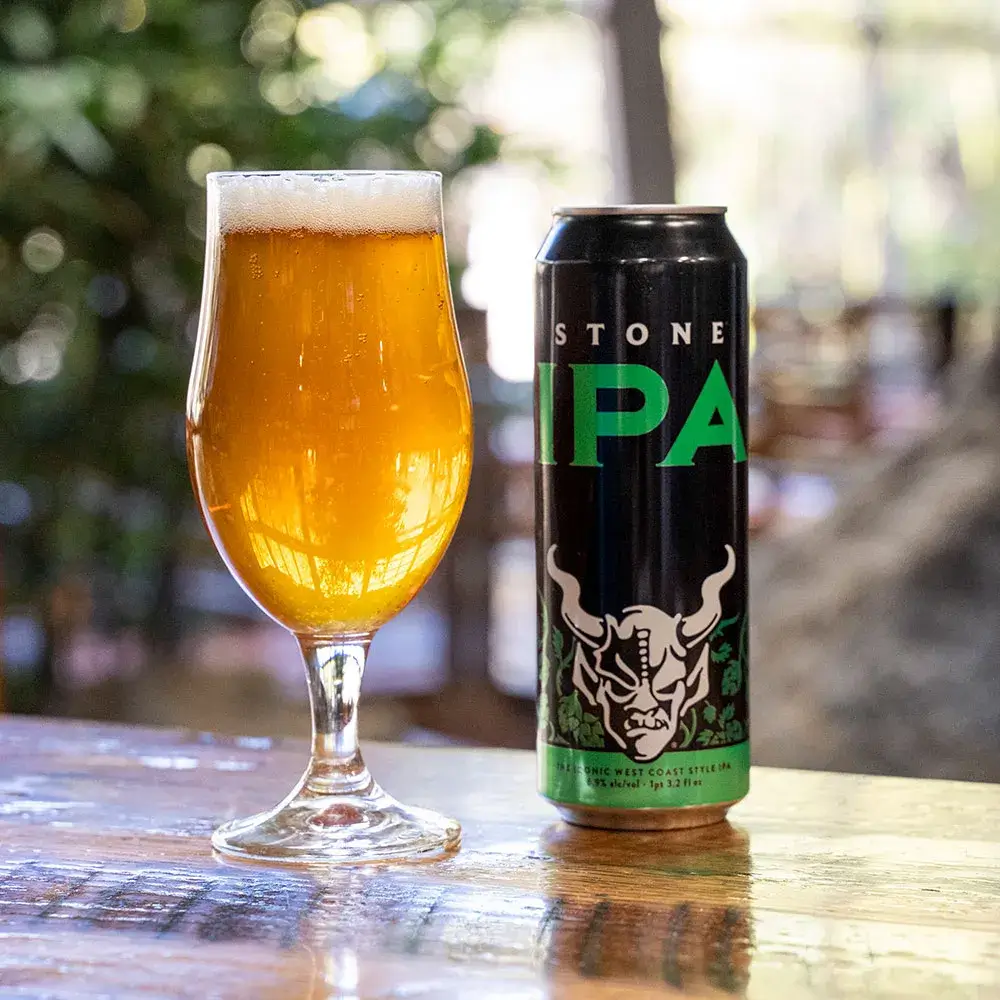
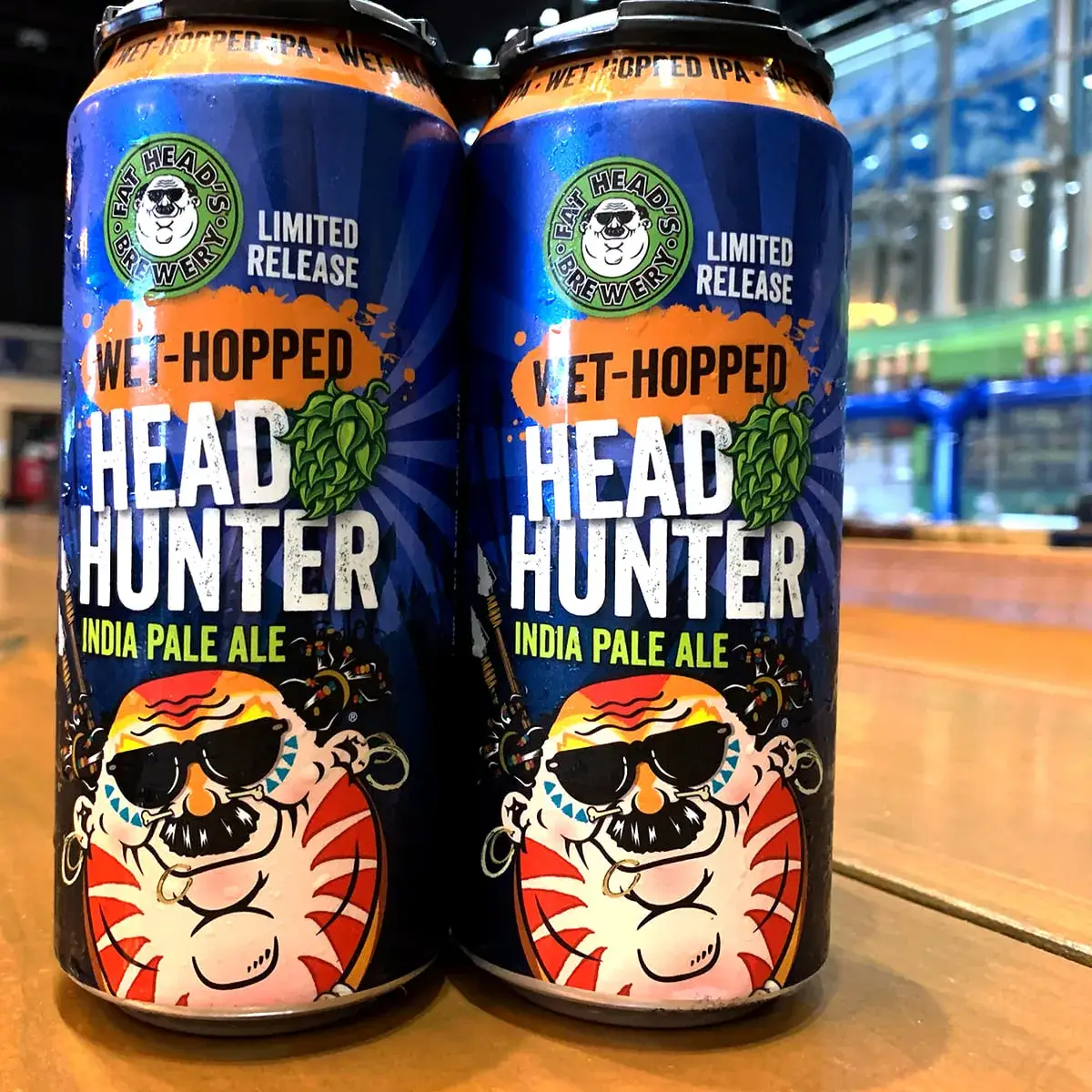


Brewing a West Coast IPA is a hop-centric process that requires careful attention to hop additions and fermentation control. The challenge lies in achieving a high level of bitterness while maintaining balance and showcasing complex hop flavors and aromas.
This style often employs techniques like hop bursting and dry hopping to maximize hop character. The use of highly attenuative yeast and careful water chemistry adjustments are crucial in creating the style's characteristic dry finish and clean hop expression.
Brewing West Coast IPA involves several key steps:


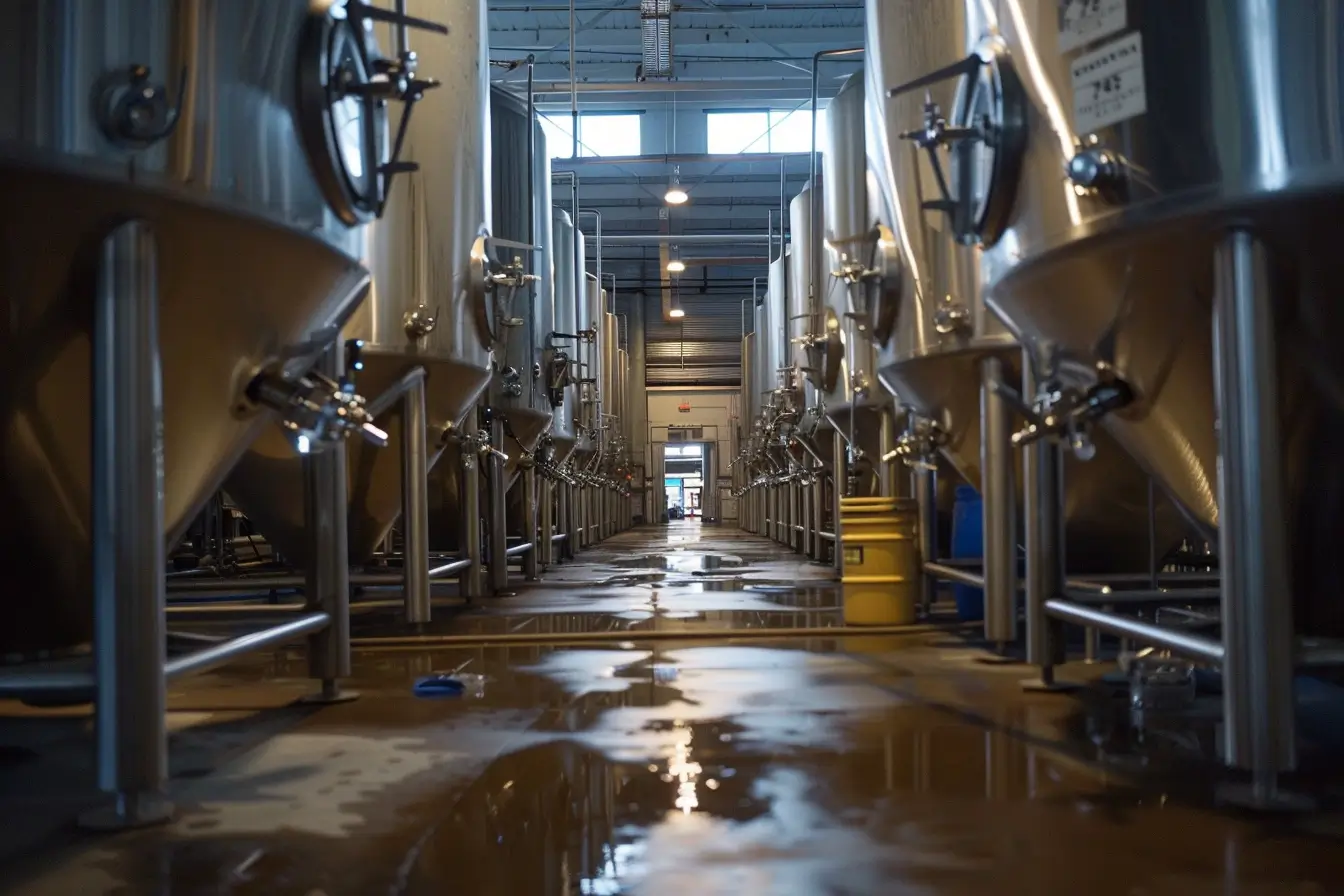
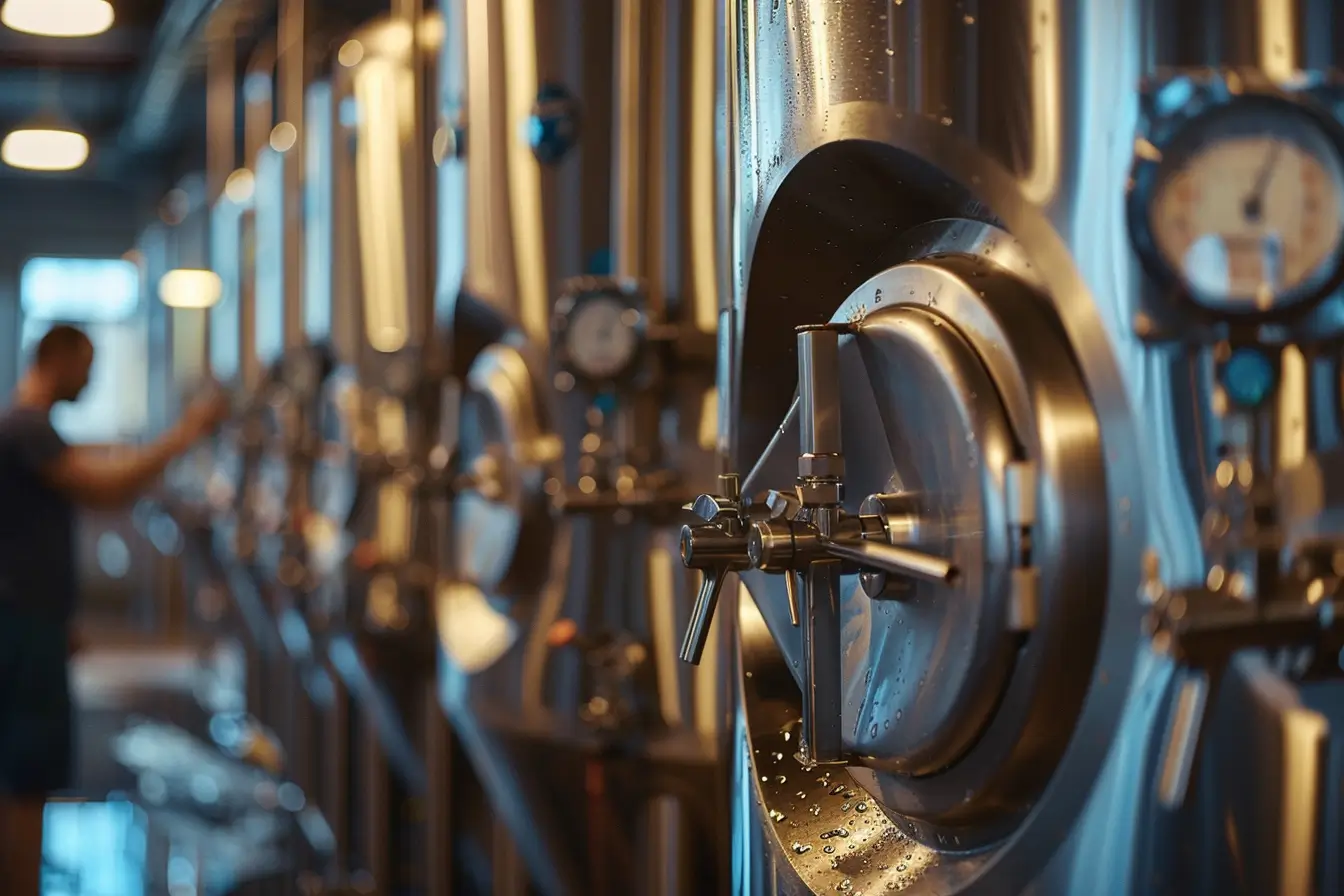
The West Coast IPA emerged in the 1980s and early 1990s as a bold reinvention of the traditional English IPA. Born in the hop-growing regions of the American West Coast, particularly California, Oregon, and Washington, this style was a direct result of American craft brewers experimenting with locally grown, high-alpha acid hop varieties.
The style gained rapid popularity among craft beer enthusiasts, becoming synonymous with the American craft beer revolution. Its intense bitterness and hop-forward profile challenged conventional beer flavors, pushing the boundaries of what beer could be. West Coast IPA became a flagship style for many influential craft breweries, driving innovation in hop cultivation and brewing techniques.
As the style evolved, it influenced the broader beer industry, leading to the development of new hop varieties and spawning numerous IPA sub-styles. The West Coast IPA's emphasis on showcasing hop character has had a lasting impact on brewing trends, consumer preferences, and even agricultural practices in hop growing regions.
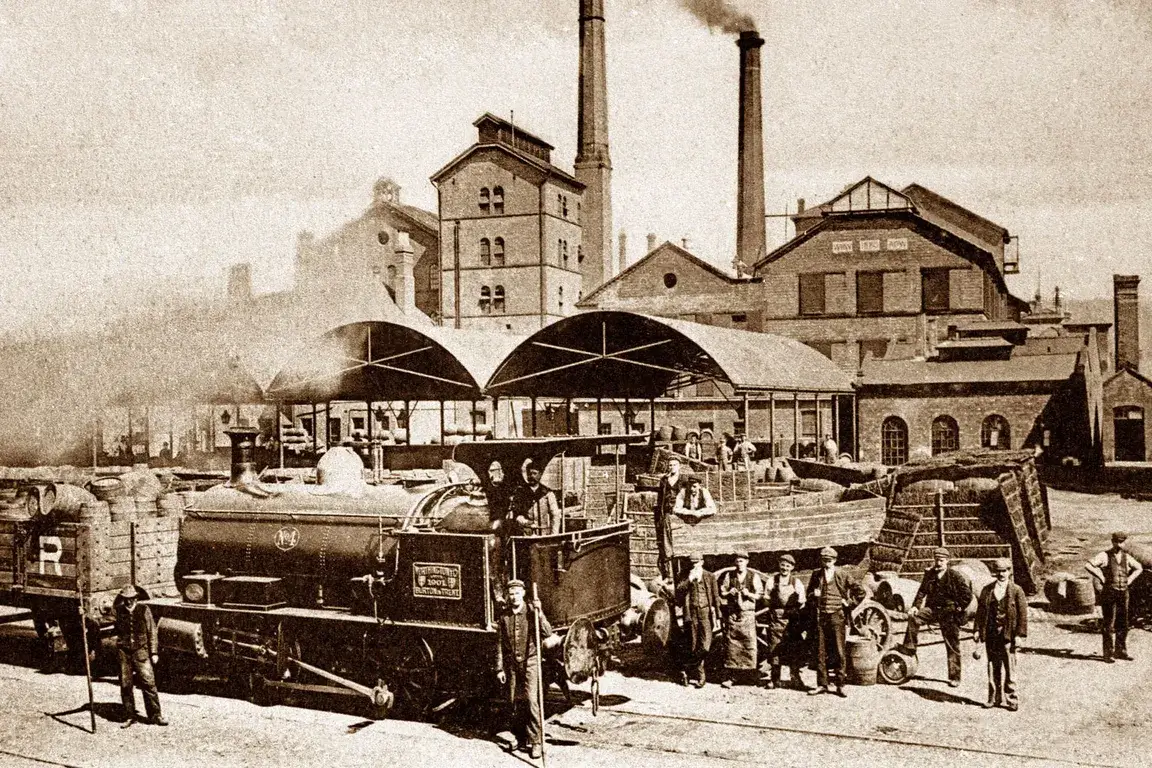
While not strictly a West Coast IPA, this hop-forward ale set the stage for American interpretations of IPA.
The development of Cascade and other American hop varieties provided the foundation for the West Coast IPA's unique flavor profile.
Vinnie Cilurzo's groundbreaking IPA at Blind Pig Brewing Company is often cited as one of the first true West Coast IPAs.
Russian River's Pliny the Elder is released, becoming an iconic example of the West Coast IPA style.
West Coast IPA style influences brewers worldwide, leading to international interpretations and driving global hop demand.
Get quick answers to our most frequently asked questions about West Coast IPA
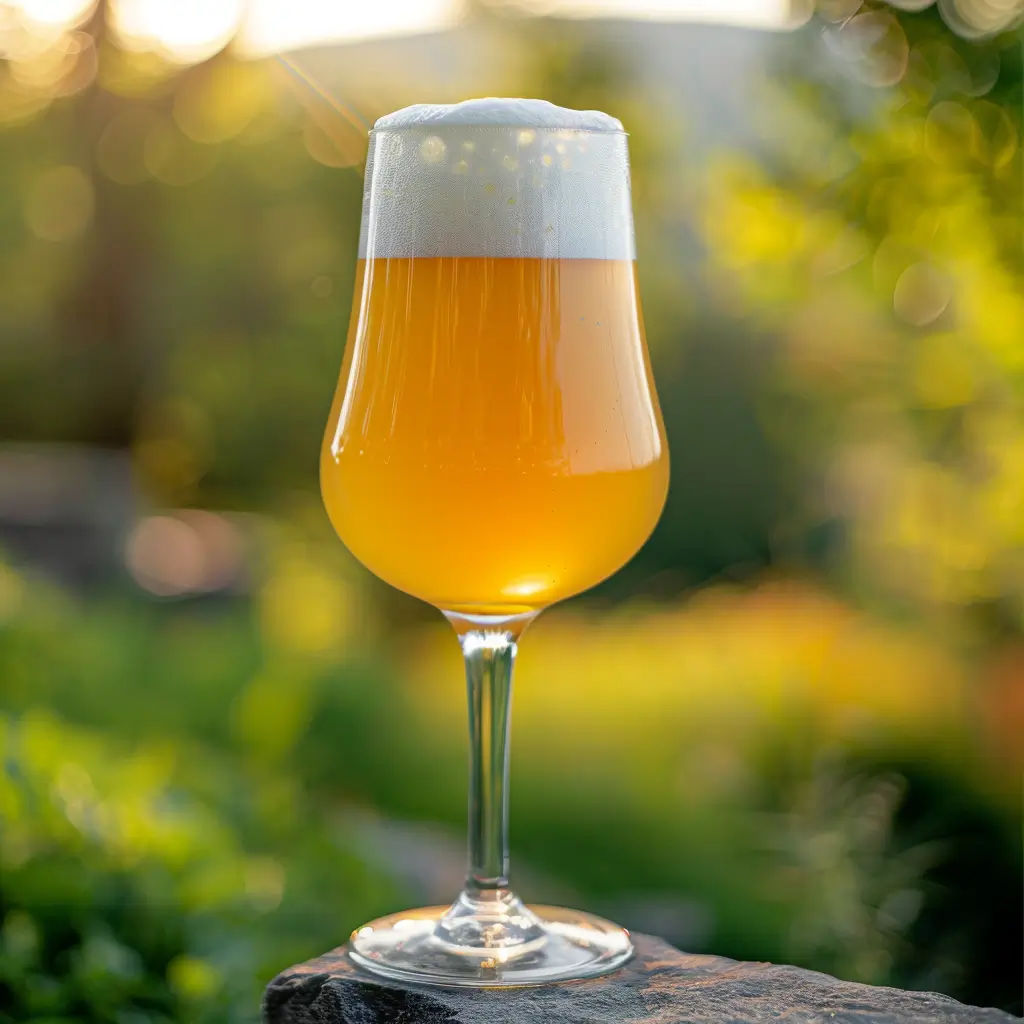
Want to read about other beer styles? We've got you covered!
West Coast IPAs are characterized by their intense bitterness, dry finish, and prominent citrus and pine hop flavors, with a lean malt profile.
While typically stronger than standard pale ales, they usually range from 6.3-7.5% ABV, lower than many Double/Imperial IPAs.
Serve in an IPA glass or pint glass at 45-50°F (7-10°C) to best appreciate the hop aromas and flavors.
These IPAs are best consumed fresh to enjoy their vibrant hop character, which fades over time.
Spicy foods, sharp cheeses, and grilled meats complement the beer's intense flavors and bitterness.
Higher sulfate levels in brewing water can accentuate hop bitterness and dryness, key characteristics of the style.
Typically, yes. Unlike hazy New England IPAs, West Coast IPAs are usually brilliantly clear.
From brew day to packaging, it usually takes 2-3 weeks, including time for dry hopping and cold conditioning.
West Coast IPAs are typically more bitter and drier, while East Coast versions tend to be more balanced with a stronger malt presence.
Yes, but it requires careful attention to hop additions and water chemistry to achieve the style's characteristic bitterness and flavor profile.

Want to read about other beer styles? We've got you covered!